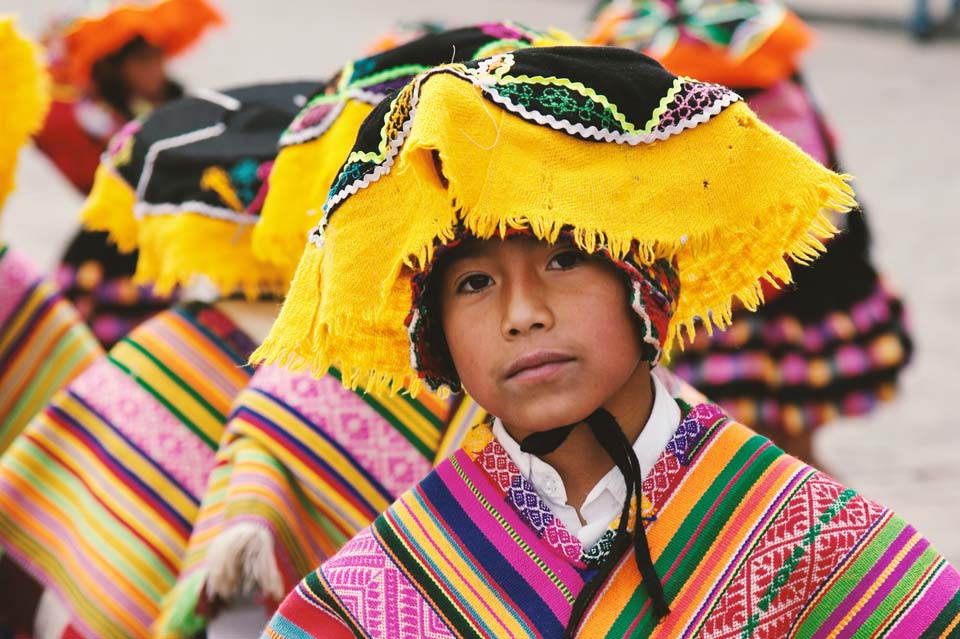WHAT TO EXPECT IN 2024?
As we enter 2024, the global economic landscape appears daunting, with challenges ranging from sluggish growth and mounting debt crises to escalating conflicts and climate disasters. While some regions show resilience, others face significant setbacks, highlighting the urgent need for bold investments in sustainable development and climate action.
The COVID-19 pandemic has exacerbated existing inequalities, with developed economies bouncing back while developing nations struggle to regain ground. The United Nations World Economic Situation and Prospects (WESP) 2024 forecasts a global growth of 2.4 per cent in 2024, well below pre-pandemic levels (3.0 per cent).
The spiralling debt crisis is a pressing concern, particularly prevalent in developing economies. Many countries are drowning in debt, with over a third at risk of crisis. High-interest rates, tightening financial conditions, and sluggish international trade compound this situation. The weak investment cycle and slow growth threaten to derail progress towards the Sustainable Development Goals (SDGs) without intervention.
Moreover, the impact of climate change looms large, with extreme weather events wreaking havoc on economies worldwide. Investment in climate action and sustainable development falls short of what is needed, exacerbating vulnerabilities in low-income and vulnerable economies. As we witness rising hunger, poverty, and displacement, urgent action is required to mitigate the effects of climate change and build resilience.
Inflation remains a concern, particularly in developing countries where annual inflation rates are projected to exceed 10 per cent in 2024. High inflation erodes economic gains and exacerbates poverty, underscoring the need for global cooperation to address supply-side disruptions and price pressures.
According to Oxford Economics, growth in the leading economic indicators (GDP, employment, and consumer spending) will likely be weaker in 2024 than in 2023 for most cities worldwide. Cities in Asia Pacific are anticipated to outperform those in North America and Europe, with Indian cities showing resilience due to strengths in digital, professional, and consumer services. However, due to post-reopening slowdowns and property market concerns, Chinese cities may face challenges.

© Andri Wyss. Venice, Italy
African and Middle Eastern cities will increase their growth rate as they begin leading global urban economic growth rankings. Oxford Economics predicts that African cities will be the fastest growing out to 2050, with an annual average GDP growth of 2.8 per cent, driven by a much younger population and 40 per cent of the population in 2025 coming from the African continent.
However, it will be the growth of Asian cities that will contribute the most to the global economy, confirming that urban economic activity will continue to shift eastward towards Asia.
But still, the number of people living in slums and informal settlements in Africa, Asia and Latin America remains over one billion people, including close to 500 million children. In cities and towns in countries such as Tanzania, Niger, Ethiopia, Kenya, and Uganda, 40-70 per cent of the population live in informal settlements, date highlighted by Cities Alliance based on the UN Sustainable Development Goals Progress Chart 2022.
A Global Action Plan to accelerate the transformation of this dramatic reality is supposed to start receiving strong support in 2024 after its approval in the UN-Habitat Assembly in June 2023. Habitat for Humanity and the International Institute for Environment and Development (IIED) reported that equitable access to adequate housing in informal settlements can impact “as much as 10.5 per cent economic growth.”
Policies promoting inclusive growth and addressing inequalities will be more imperative than ever. This includes investing in education, healthcare, and social protection to ensure no one is left behind.

© Milos Hajder
The number of migrants will keep increasing, adding to the socioeconomic factors, including the growing demand for labour in countries with ageing populations and skills shortages, the “climate” migrants.
The latest data from the Internal Displacement Monitoring Centre show that disasters triggered an unprecedented 32.6 million new internal displacements in 2022.
The International Organization for Migration (IOM) announced its global appeal for 2024, focusing on the increase in weather-related disasters and the projections of more people affected and potentially displaced. The Climate Mobility Impacts dashboard is a platform to visualise where hazard exposure, high population density and economic vulnerability are projected to coincide. Japan already announced their support for funding IOM projects for Asian communities in Myanmar, Philippines, Sri Lanka, Thailand and Timor Leste affected by climate change, mainly due to the El Niño phenomenon.
The Bridgetown Agenda 2.0, the successor of the Bridgetown Agenda of 2022, proposed by Barbadian Prime Minister Mia Mottley, expanded in 2023 its call for finance and trade to work together to support the just transition and the shift towards low-carbon, resilient economies in the Global South. The year 2024 will witness the emergence of evolving “new” geopolitical alliances, like the expansion of the BRICS or the inclusion of the African Union as a permanent member of the G20.
Poverty, hunger and food security will be critical concerns for millions. The World Food Programme has called attention to Sudan’s doubling the number of hungry people over the past year and the situation in Ethiopia. According to the 2024 Hunger Funding Gap Report, countries dealing with “crisis” hunger levels received only 35 per cent of hunger-related funding requested in 2023, resulting in a hunger funding gap of 65 per cent, up 23 per cent from 2022.
Efforts to reduce poverty and income inequality have made significant progress in recent decades, with the percentage of the global population living in extreme poverty falling from about 36 per cent in 1990 to 9.2 per cent in 2022. However, the “No Poverty” (SDG1) goal is still far from reaching. Women and other vulnerable groups bear the brunt, with a staggering 15 million more women now living in extreme poverty.
The equality gap will also be the focus in 2024, with no indicator of SDG5 being met and only a few years to gain traction to achieve the 2030 Agenda. According to the Global Gender Gap Report, gender inequality costs the world approximately $12 trillion in global GDP, “with some countries experiencing up to a 35 per cent loss.”
The trends outlined underscore the interconnectedness of global and local challenges and the imperative for collaborative, forward-thinking solutions. Addressing crises requires political will and multilevel and concerted efforts to bridge divides, promote inclusivity, and prioritise sustainability. Local and regional governments are at the forefront of facing the challenges and the ones testing daily public-private-people partnerships to overcome them.

© Ben Ostrower
 This publication was produced with the financial support of the European Union. Its contents are the sole responsibility of UCLG and do not necessarily reflect the views of the European Union.
This publication was produced with the financial support of the European Union. Its contents are the sole responsibility of UCLG and do not necessarily reflect the views of the European Union.